Researchers from Washington State University have developed a novel form of electrical stimulation which may be an effective alternative to antibiotics when treating wounds. The electrochemical scaffold – which is applied to a wound dressing – was capable of almost eliminating all traces of a multi-drug-resistant pathogen often found in treatment-resistant infections.
Details of the researchers’ electrochemical “e-scaffold” approach were published in the journal, Scientific Reports. When the technique was used on a biofilm produced by the antibiotic-resistant pathogen Acinetobacter baumannii, almost all of the bacteria were eliminated within a 24 hour period.
Following treatment with the e-scaffold, the bacterial population of A. baumannii was reduced to 1/ 10,000th of its original size. The technique was tested on pig tissue where researchers showed that it was effective at killing most of the bacteria without harming the surrounding host tissue.
A. baumannii infection is dangerous due to its hard-to-treat nature and its propensity to produce resistant biofilms on the wound surface. If left untreated, these infections can prevent proper wound healing and lead to chronic infections.
It’s no secret that antibiotic resistance is on the rise prompting researchers and physicians to stress the need for alternative treatments. Each year at least 2 million Americans are infected by antibiotic-resistant pathogens, and at least 23,000 of these patients die as a result of the infection, according to the Centers for Disease Control and Prevention (CDC).
While Dr. Haluk Beyenal, a professor in chemical engineering and bioengineering at Washington State University and his team, have been successful with the technique, the idea of using electrical stimulation to disinfect wounds has been studied for over 100 years. Experiments using this technique have produced varied results over the years, an outcome Beyenal suggests can be attributed to a poor understanding of how electricity affects biological systems.
“We have been doing fundamental research on this for many years, and finally, we are able to transfer it to technology,” said Beyenal. “This research establishes a novel foundation for an alternative antibiotic-free wound dressing to eliminate biofilms.”
Beyenal and his colleagues have discovered that when electrical stimulation is applied to the bacterial biofilm, it reduces the dissolved oxygen to hydrogen peroxide at the surface of the electrode. Hydrogen peroxide is an effective disinfectant that works on bacteria and other pathogens.
To make use of this finding, the team fabricated the e-scaffold out of conductive carbon fabric. The medical device works by acting as a wound dressing with a steady electric current flowing through the fabric. The current produces a consistently low concentration of hydrogen peroxide which kills bacteria and allows the wound to heal.
“The method works because of the way it controls the electrochemical reactions,” said Beyenal. According to the researchers, other attempts to harness electrical stimulation for wound healing have focused on a chemical approach – using other antibacterial compounds such as honey, iodine, zinc and silver – have had mixed results because of the tendency for these compounds to lose their potency.
The e-scaffold developed by Beyenal and his team seems to have solved that issue by providing a constant source of hydrogen peroxide over a lengthy period of time. The team have applied for a patent for their antibacterial device, and they have plans to test its efficacy on other bacterial strains.
Sources:
- Electrical stimulation may offer alternative to antibiotics for wound treatment – http://www.medicalnewstoday.com/articles/302418.php
- Sultana, S., Atci, E., Babauta, J., Falghoush, A., Snekvik, K., Call, D., Beyenal, H. (2015). Electrochemical scaffold generates localized, low concentration of hydrogen peroxide that inhibits bacterial pathogens and biofilms. Scientific Reports. 5.

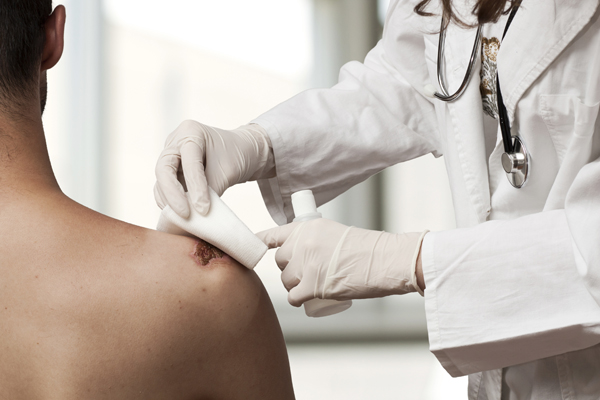
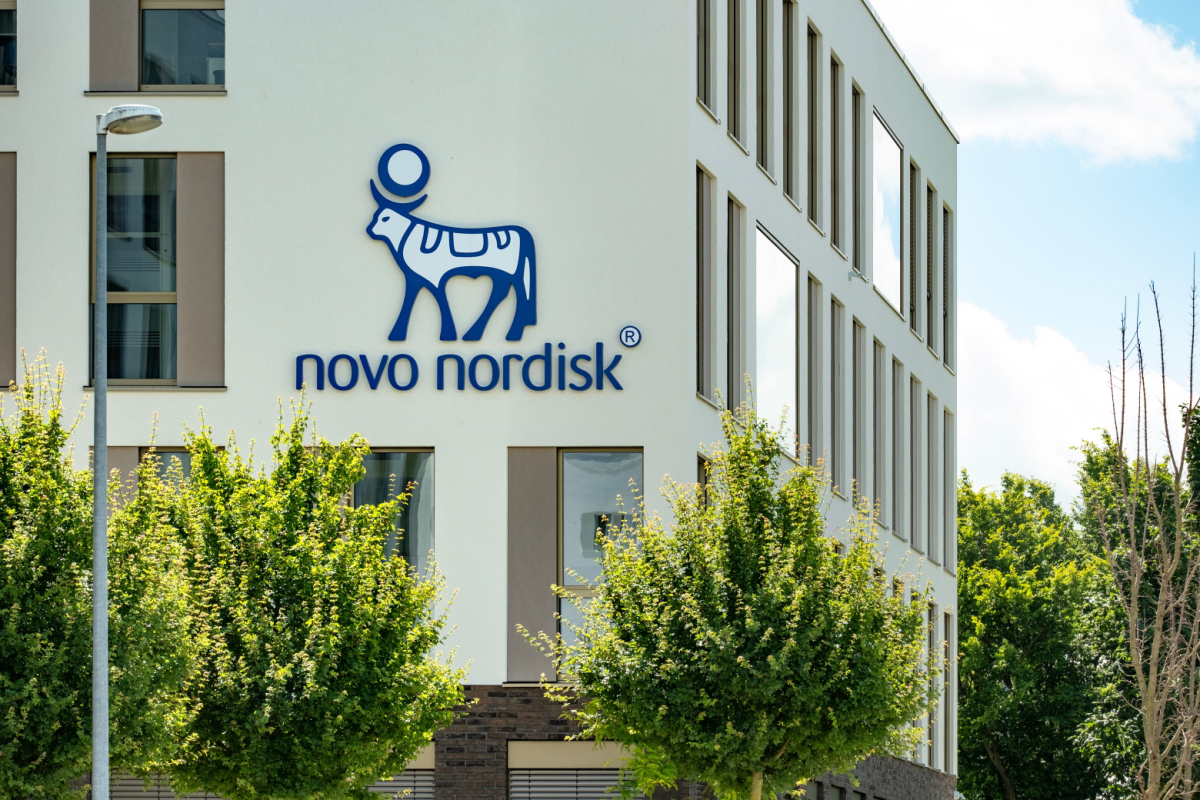
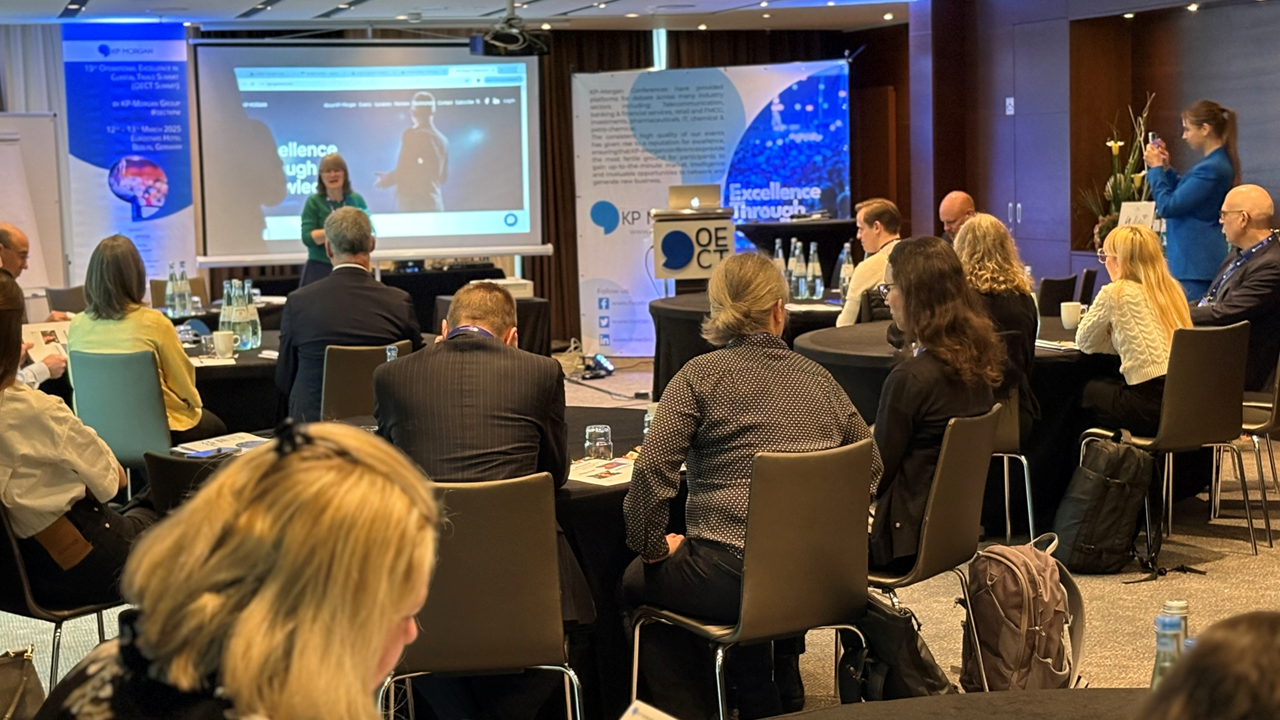

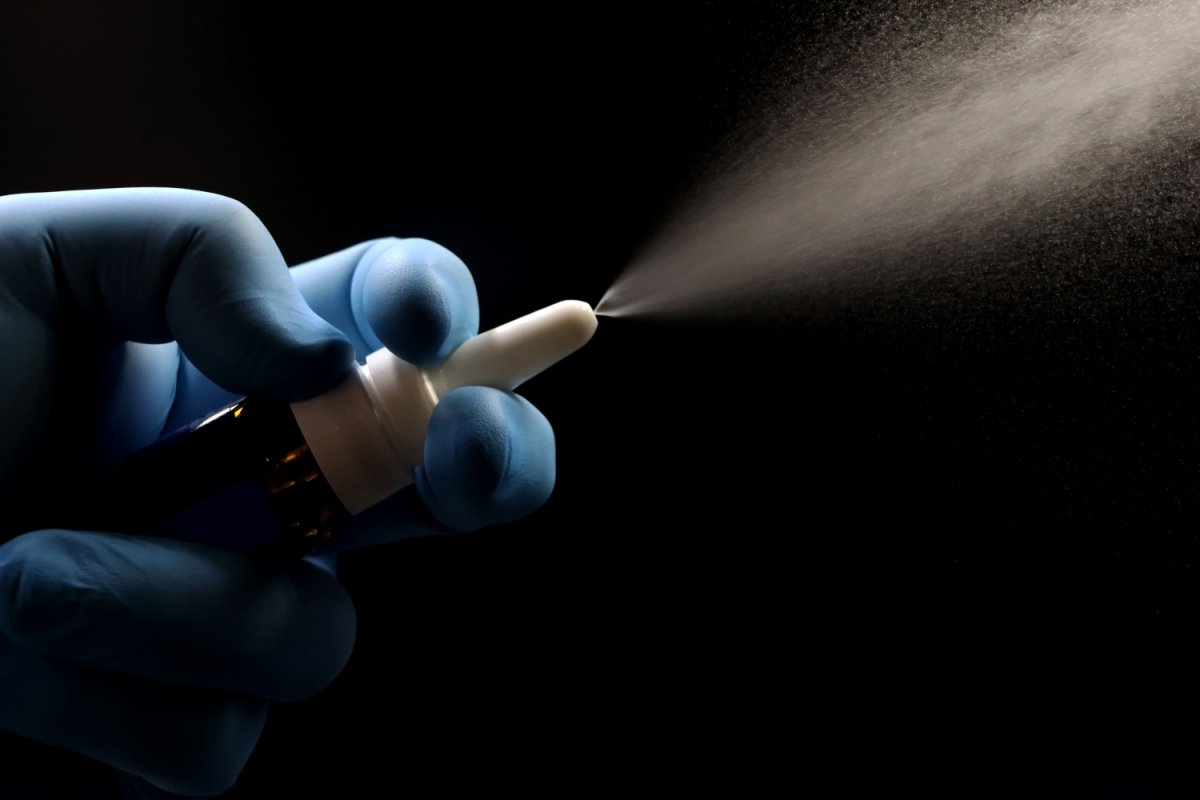
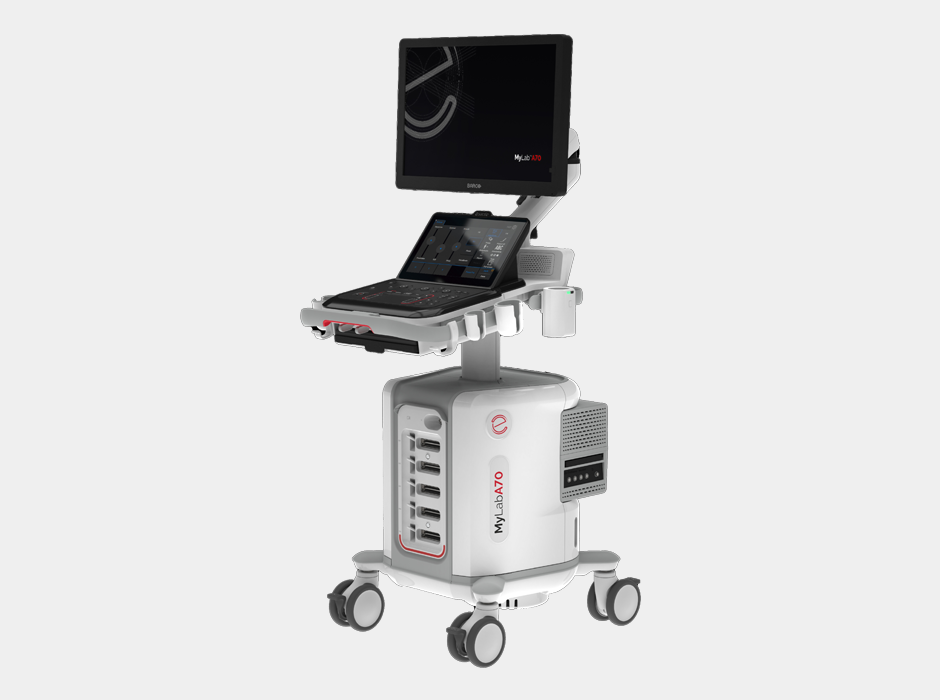





Join or login to leave a comment
JOIN LOGIN